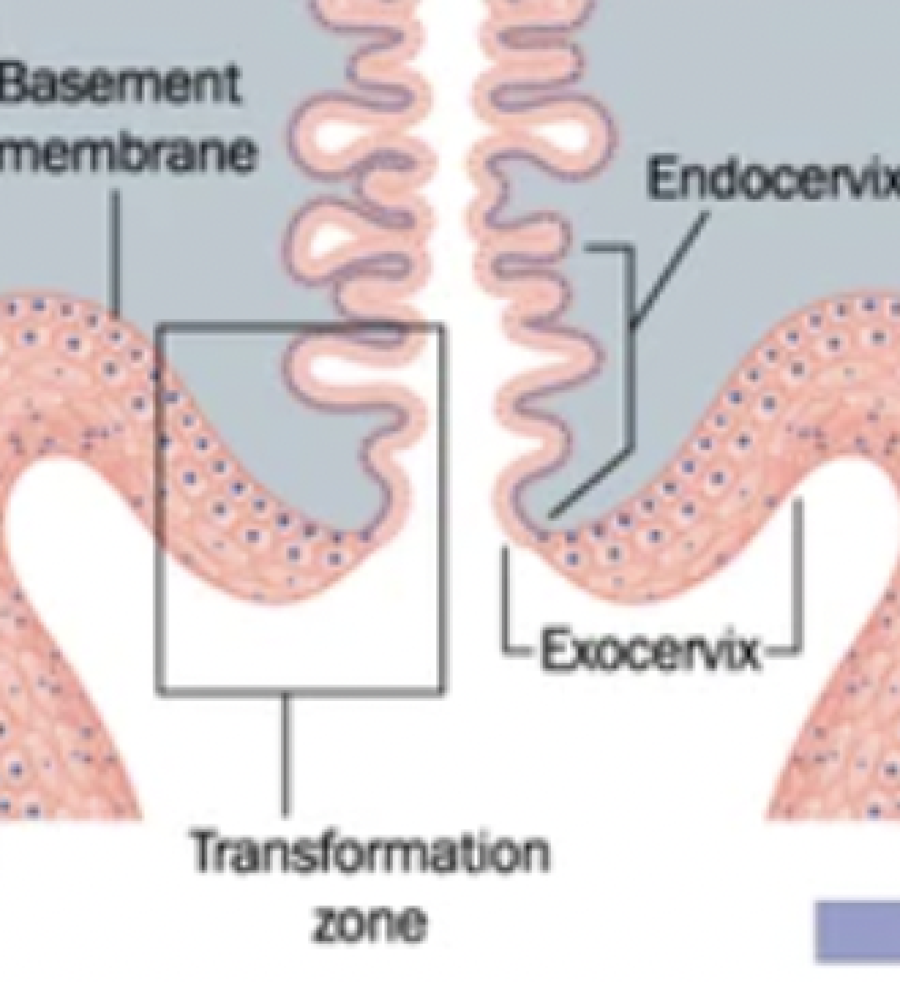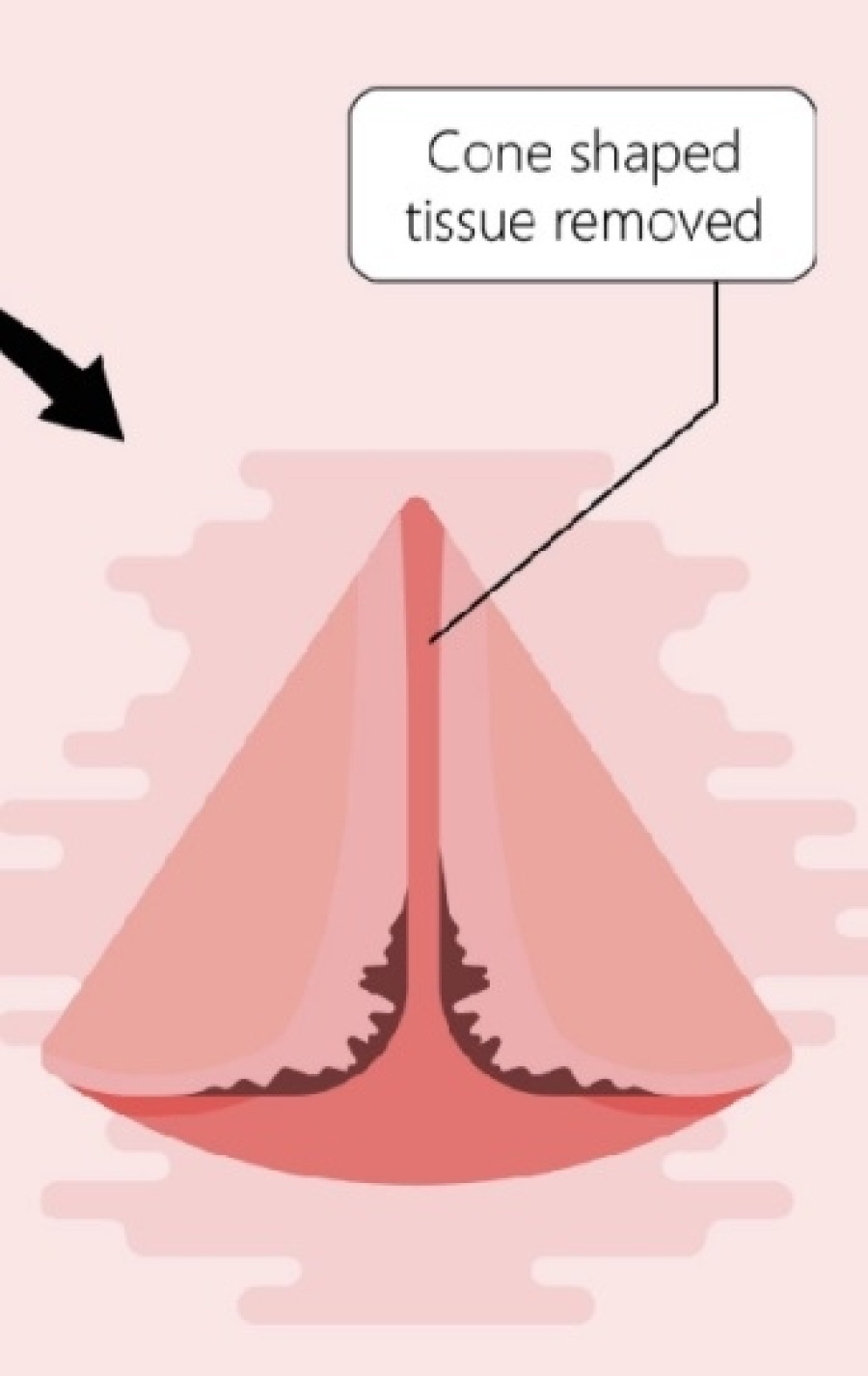Atypical or abnormal glandular cells
There are two groups of cells on the cervix – outer cells which are called ectocervical or squamous cells and inner cells also called glandular/ columnar or endocervical cells. Abnormalities can occur in both groups of cells but are much commoner in the outer or squamous cells (called dyskaryosis on smear and CIN on a tissue biopsy).


What happens at colposcopy?
In the event of having an abnormality in the glandular cells on a smear test (called Atypical Glandular cells on smear), you will be referred either directly by the Laboratory or your smear taker to the Colposcopy clinic.
The colposcopist will perform a colposcopic examination and may or may not perform a biopsy at the time. They may also suggest an ultrasound scan of the pelvis to look at the uterus (womb) as abnormal glandular cells sometimes originally come from there. Colposcopy assessment is more difficult with atypical glandular cells as sometimes, the abnormality is hidden deep in the tissue or higher up the cervical canal and can be difficult to diagnose without a biopsy which includes the endocervix. In most cases this can be done under local anaesthetic using a LLETZ but depending on the clinical finsdings a special type of excision may be needed using a Laser or knife cone biopsy. this may require a general anaesthetic.

What happens next?
Following the biopsy The Colposcopist will in general, look at the smear at a meeting with the Cytopathologist (the doctors who ‘read’ smears), called a multidisciplinary team meeting or MDT. At this meeting the team will confirm whether you need any additional treatment.

You will be told how your results will be sent to you and you may be asked to return for a follow-up discussion. If the histology (tissue removed from the cervix) shows CGIN (cervical glandular intraepithelial neoplasia), then if you still wish to have children, you will have regular follow-up in the Colposcopy clinic.
if your family is complete, your colposcopist will discuss the results with you and you may wish to consider a hysterectomy in order to prevent the glandular abnormality for re-occurring.
You will need to be followed up with HPV testing and how many tests and where they will be done will be confirmed with you after any treatment
Video for younger women with abnormal glandular disease of the cervix
Have a look at this video in which Theresa freeman Wang of the BSCCP explains what to expect at colposcopy
Video for older women with abnormal glandular disease of the cervix
Have a look at this video in which Theresa freeman Wang of the BSCCP explains what to expect at colposcopy
